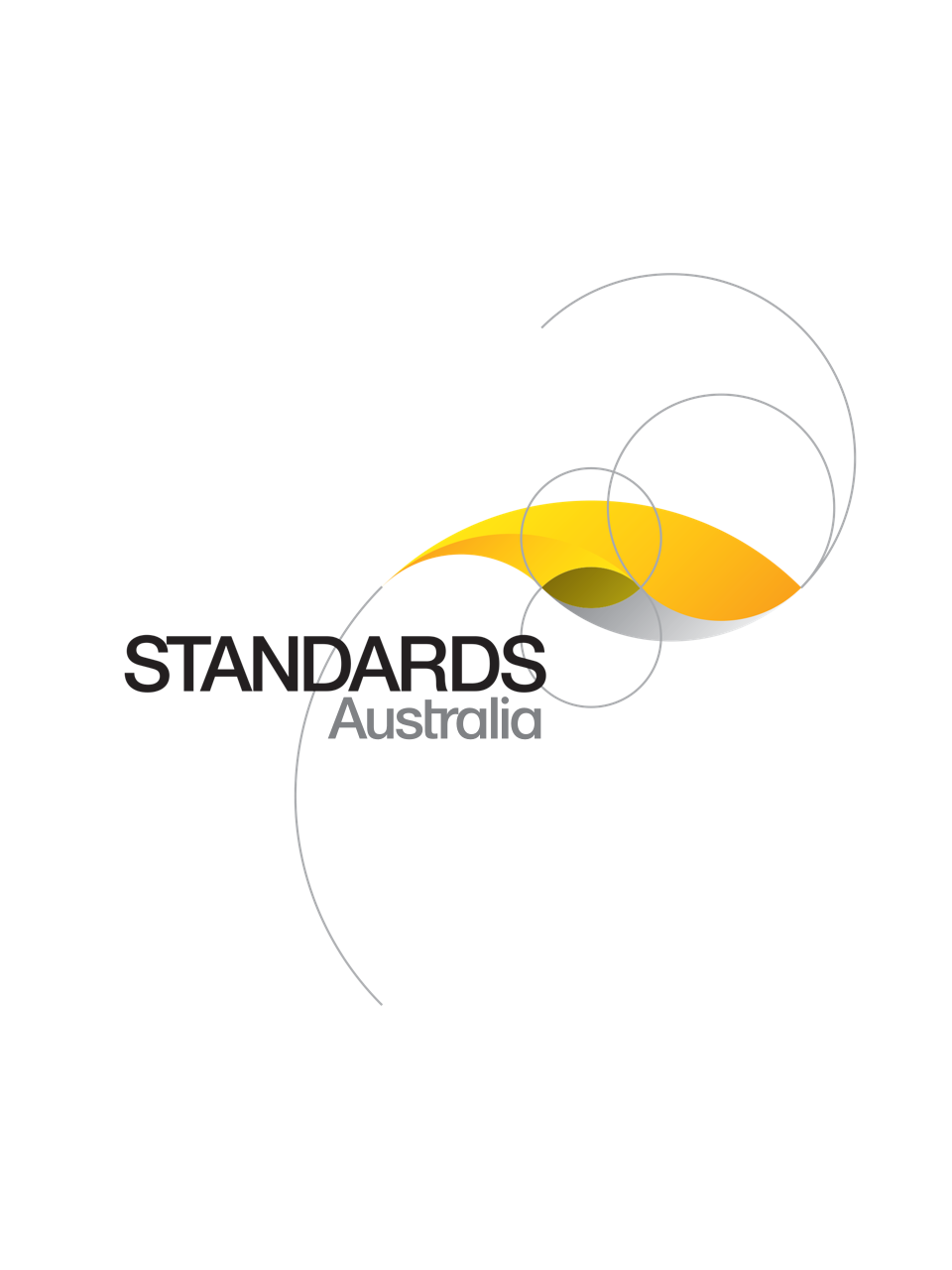Standard
Track updates
AS 4428.6:2024
[Current]Fire detection, warning, control and intercom systems - Control and indicating equipment, Part 6: Alarm signalling equipment
AS 4428.6:2024 specifies the minimum equipment requirements for alarm signalling equipment (ASE) for use in monitoring automatic fire detection and alarm system.
Published: 13/12/2024
Pages: 27
Table of contents
Cited references
Content history
Table of contents
Header
About this publication
Preface
1 Scope and general
1.1 Scope
1.2 Normative references
1.3 Terms and definitions
1.4 Abbreviations
1.5 Tolerance measurements
2 General requirements
2.1 Additional functions
2.2 Disablement of ASE
2.3 Power supply
2.4 Standardised Data Interface (SDI)
2.5 ASE connections
3 General requirements for indications
3.1 Display of functional conditions
3.2 Display of indications
3.3 Indications on alphanumeric displays
3.4 Indication of the supply of power
3.5 Additional indications
4 Quiescent condition
5 Fire alarm condition
5.1 Reception and processing of fire alarm signals
5.2 Indication of the fire alarm condition
5.3 Reset from the fire alarm condition
6 Fault warning condition
6.1 Reception and processing of fault warning signals
6.2 Indication of the fault condition
6.3 Fault warning indications during the fire alarm condition
6.4 Reset from the fault warning condition
7 Disabled condition
7.1 Reception and processing of disabled condition signals
7.2 Indication of the disabled condition
7.3 Disabled indications during the fire alarm condition
7.4 Reset from the disabled condition
8 ASE test condition
8.1 General
8.2 Reception and processing of test signals
8.3 Indication of the test condition
8.4 Test indications
8.5 Manual reset from the test condition
8.6 Automatic reset from the test condition
8.7 Reset from the test condition
9 Power supply failure condition
9.1 Reception and processing of power supply failure signal
9.2 Reset from the power supply failure condition
10 ASE transmission path fault condition
10.1 Reception and processing of ASE transmission fault signals
10.2 ASE transmission path fault indications during the fire alarm condition
10.3 Reset from the ASE transmission path fault condition
11 ASE telecommunication path fault condition
11.1 Reception and processing of ASE telecommunications path fault signals
11.2 ASE telecommunication path fault indications during the fire alarm condition
11.3 Reset from the ASE telecommunication path fault condition
12 Design requirements
12.1 General requirements and process of design inspection
12.2 Documentation
12.3 Mechanical design requirements
12.4 Electrical and other design requirements
12.5 Accessibility of indications and controls
12.6 Indications by means of light-emitting indicators
12.7 Indications on alphanumeric displays
12.8 Colours of indications
12.9 Testing of indicators
13 Additional design requirements for software-controlled ASE
13.1 General requirements
13.2 Software documentation
13.3 Software design
13.4 Program monitoring
13.5 The storage of programs and data
13.6 The monitoring of memory contents
14 Marking
15 Tests
15.1 General
15.1.1 Standard atmospheric conditions for testing
15.1.2 Specimen configuration
15.1.3 Mounting and orientation
15.1.4 Electrical connection
15.1.5 Provision for tests
15.2 Functional test
15.2.1 Object of the test
15.2.2 Test schedule
15.2.2.1 General
15.2.2.2 Fire alarm condition
15.2.2.3 Fault warning condition
15.2.2.4 Disabled condition
15.2.2.5 ASE test condition
15.2.2.6 Power supply failure
15.2.2.7 Integrity of transmission paths
15.2.2.8 Integrity of telecommunication paths
15.3 Environmental tests
15.3.1 General
15.3.2 Tests for one specimen
15.3.3 Tests for two specimens
15.3.4 Tests for three specimens
15.3.5 Requirements
15.4 Cold (operational)
15.4.1 Object of the test
15.4.2 Test procedure
15.4.2.1 General
15.4.2.2 Initial examination
15.4.2.3 State of the specimen during conditioning
15.4.2.4 Conditioning
15.4.2.5 Measurements during conditioning
15.4.2.6 Final measurements
15.5 Damp heat, steady-state (operational)
15.5.1 Object of the test
15.5.2 Test procedure
15.5.2.1 General
15.5.2.2 Initial examination
15.5.2.3 State of the specimen during conditioning
15.5.2.4 Conditioning
15.5.2.5 Measurements during conditioning
15.5.2.6 Final measurements
15.6 Impact (operational)
15.6.1 Object of the test
15.6.2 Test procedure
15.6.2.1 General
15.6.2.2 Initial examination
15.6.2.3 State of the specimen during conditioning
15.6.2.4 Conditioning
15.6.2.5 Measurements during conditioning
15.6.2.6 Final measurements
15.7 Vibration, sinusoidal (operational)
15.7.1 Object of the test
15.7.2 Test procedure
15.7.2.1 General
15.7.2.2 Initial examination
15.7.2.3 State of the specimen during conditioning
15.7.2.4 Conditioning
15.7.2.5 Measurements during conditioning
15.7.2.6 Final measurements
15.8 Electromagnetic compatibility (EMC) immunity tests (operational)
15.9 Supply voltage variation (operational)
15.9.1 Object of the test
15.9.2 Test procedure
15.9.2.1 General
15.9.2.2 Initial examination
15.9.2.3 State of the specimen during conditioning
15.9.2.4 Conditioning
15.9.2.5 Measurements during conditioning
15.9.2.6 Final measurements
15.10 Damp heat, steady-state (endurance)
15.10.1 Object of the test
15.10.2 Test procedure
15.10.2.1 General
15.10.2.2 Initial examination
15.10.2.3 State of the specimen during conditioning
15.10.2.4 Conditioning
15.10.2.5 Final measurements
15.11 Vibration, sinusoidal (endurance)
15.11.1 Object of the test
15.11.2 Test procedure
15.11.2.1 General
15.11.2.2 Initial examination
15.11.2.3 State of the specimen during conditioning
15.11.2.4 Conditioning
15.11.2.5 Final measurements
15.12 Dry heat, steady-state (optional) (operational)
15.12.1 Object of the test
15.12.2 Test procedure
15.12.2.1 General
15.12.2.2 Initial examination
15.12.2.3 State of the specimen during conditioning
15.12.2.4 Conditioning
15.12.2.5 Measurements during conditioning
15.12.2.6 Final measurements
16 Test report
Appendix A
Appendix B
Bibliography
Cited references in this standard
AS 4428
Fire detection, warning, control and intercom systems — Control and indicating equipment (series)
[Current]
Environmental testing, Part 1: General and guidance (IEC 60068-1:2013 (ED. 7.0) MOD)
[Current]
Environmental testing, Part 2.1: Tests - Test A: Cold (IEC 60068-2-1:2007 (ED. 6.0) MOD)
[Current]
Environmental testing, Part 2.2: Tests - Test B: Dry heat (IEC 60068-2-2:2007 (ED. 5.0) MOD)
[Current]
Environmental testing, Part 2.6: Tests - Test Fc: Vibration (sinusoidal) (IEC 60068-2-6:2007 (ED. 7.0) MOD)
One-time Purchase
Access via web browser on any device
One-time purchase
Single publication
Offline access via PDF^
$125.14 AUD
Inclusive of GSTFormat *
Web Reader
Licenses *
1 License (for yourself - not shareable)
Total$125.14 AUD
IMPORTANT
